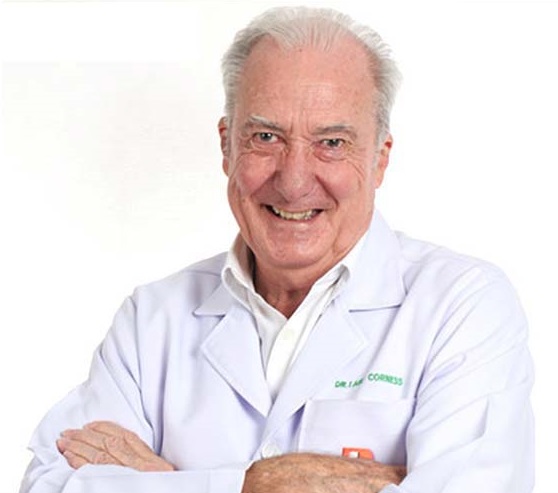 When I was a young doctor, I had a somewhat morbid fascination with the reasons why my colleagues would be ‘struck off’. Each month, in the back of the British Medical Journal there would be the list of disciplinary hearings and their findings and penalties, including de-registration, otherwise known as being ‘struck off’. And the majority was for illegal drug use.
When I was a young doctor, I had a somewhat morbid fascination with the reasons why my colleagues would be ‘struck off’. Each month, in the back of the British Medical Journal there would be the list of disciplinary hearings and their findings and penalties, including de-registration, otherwise known as being ‘struck off’. And the majority was for illegal drug use.
This I found simply flabbergasting. How could my senior colleagues (in those days just about everyone was senior to me), get the drug habit, when we had all been taught that it was something we had to treat very vigorously? And it was something that was very difficult to treat as well.
All of the above remained in my subconscious until one fateful day, many years later, that I was to come face to face with Pethidine, one of the drugs of addiction. Not that I hadn’t met, or prescribed Pethidine before that, but this was a very different set of circumstances.
It was mid-afternoon in my small, but very busy suburban clinic. I was a solo GP, and the staff consisted of my practice nurse and myself. The waiting room had spaces for eight patients, and the waiting list by 3 p.m. had the queue going out the door and on to the footpath outside. It had been a long day and it was going to be a longer one to come.
It was then that a 10 year old boy was brought in, having fallen off his bicycle outside. He was in great pain and I didn’t need an X-Ray to tell that his forearm was broken. Well, either that or he had two elbows on one arm. My practice nurse rang for an ambulance, while I began treatment. The lad was in so much pain, I took out an ampoule of Pethidine. This was 100 mg, but with the injured being only a youngster, I drew up half the ampoule and only injected 50 mg to ease the pain while I stabilized the fracture and we waited for the ambulance. The half an ampoule I left on the shelf above the sink. The ambulance came quickly, and the lad was driven away to the nearest hospital, while I returned to the overflowing waiting room and began trying to catch up with the workload.
One hour later, and I still had a full waiting room. There just seemed to be no end to the line of patients, and none of them were simple ‘slap on a plaster’ cases. I could feel myself becoming more and more frazzled.
It was then, while washing my hands after the previous patient, I looked up and saw the 50 mg of Pethidine looking down at me. “This stuff is supposed to give you a lift,” said a little voice in the back of my head. The temptation was almost overwhelming. The ampoule was literally dancing in front of my eyes, and it was then that I realized just how my colleagues could be caught out. Taking 50 mg today while under extreme stress, would be another 50 mg the next time I was overloaded, and then it would become 50 mg at the start of the clinical sessions, in case I became overloaded.
You can see the dizzy downward spiral. From 50 mg it becomes 100 mg and you are hooked. After running out of the emergency supply of Pethidine given to us by the government, it would be writing prescriptions for fictitious patients. All very sad, but at that instant I could feel nothing but compassion for former colleagues who had succumbed and been struck off.
I broke the ampoule and poured the contents down the sink, and returned to my list of patients. Nobody knew just what strain I had been under. Nobody knew how close, in my own mind, I had come to the brink of the abyss.
Drug addiction is a problem for medical practitioners. The workload, the lifestyle, the irregular hours are things that you are not taught how to handle in medical school. That so many of us actually manage to get through it all, is amazing. I consider myself to be lucky that I recognized it.
 |
 |
 |





